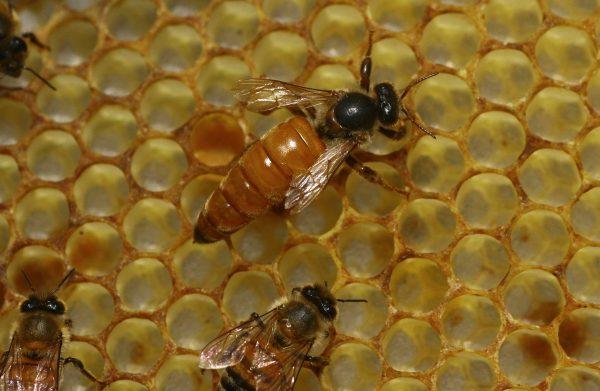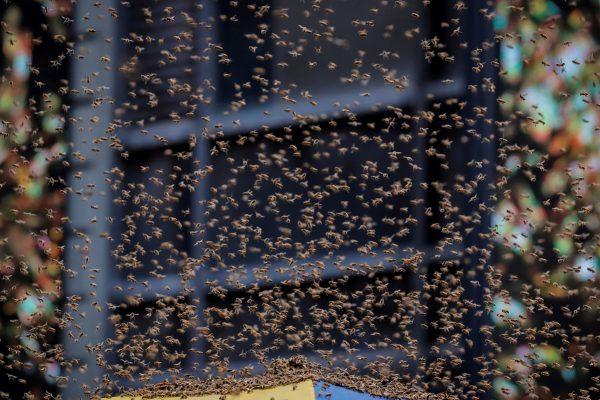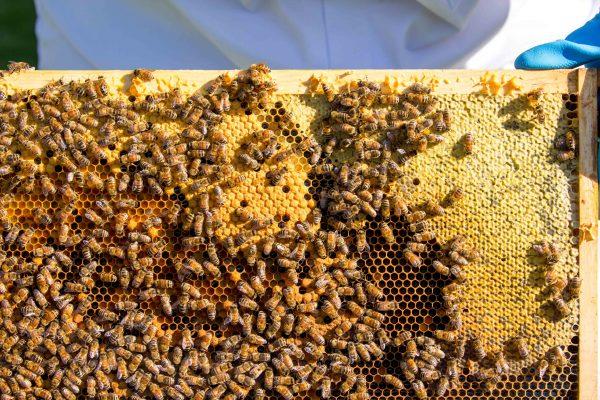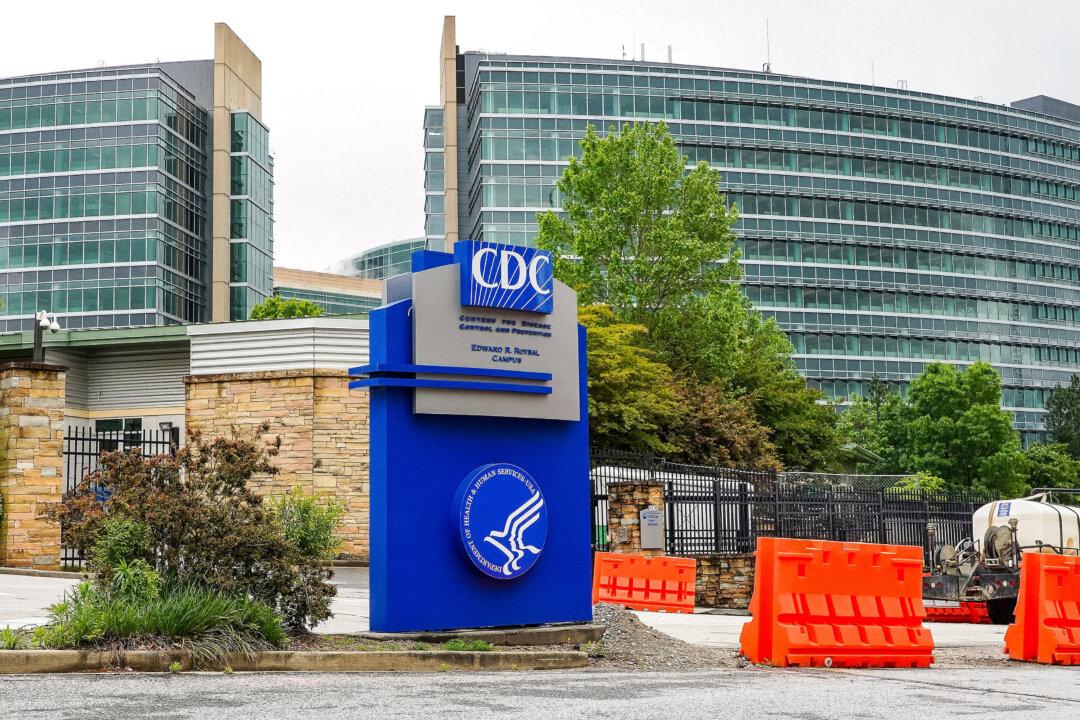Over the years, there have been viral recommendations to place a spoon filled with sugar in your backyard.
He apparently is the originator of the viral idea.
If a person finds a dying bee near their home or inside, “a simple solution of sugar and water will help revive” the insect. “Simply mix two tablespoons of white, granulated sugar with one tablespoon of water, and place on a spoon for the bee to reach,” he said.
“The suburbs are a great place for bees, and that’s where backyard gardeners are important, in terms of their use of pesticides and that sort of stuff,” Amateur Beekeepers Association’s Nathan Organ was quoted as saying in the article. “If our urban gardens are pesticide free, then our urban honey will have fewer pesticides in it, and the bees will benefit.”

Colony Collapse Disorder?
According to the U.S. Environmental Protection Agency (EPA), colony collapse disorder has actually declined over the past several years after it was believed to have posed a threat to the worldwide bee population.“Once thought to pose a major long term threat to bees, reported cases of CCD have declined substantially over the last five years. The number of hives that do not survive over the winter months – the overall indicator for bee health – has maintained an average of about 28.7 percent since 2006-2007 but dropped to 23.1 percent for the 2014-2015 winter,” the EPA stated on its website.

-Increased losses due to the invasive varroa mite (a pest of honey bees).
- Bee Whisperer Spends 5 Hours to Remove Giant Honeycomb Hidden Behind Brick Wall
- Man Dies After Being Attacked by a Swarm of Bees, Found Covered in Hordes in Front Yard
- 100,000 Bees Invade Texas Woman’s Home for Years–Bee Expert Easily Removes Them
- Chemical Toxic to Bees Found in 75 Percent of World’s Honey
- Dozens Attacked, Hospitalized, After Student Knocks Down Bee Hive
- Without Bees, You Can Say Goodbye to These Breakfast Foods
-New or emerging diseases such as Israeli Acute Paralysis virus and the gut parasite Nosema.
-Pesticide poisoning through exposure to pesticides applied to crops or for in-hive insect or mite control.

-Stress bees experience due to management practices such as transportation to multiple locations across the country for providing pollination services.
-Changes to the habitat where bees forage.
-Inadequate forage/poor nutrition.
-Potential immune-suppressing stress on bees caused by one or a combination of factors identified above.
The EPA added that mass bee die-offs may not have anything to do with CCD.
“There have been several incidents of acute poisoning of honey bees covered in the popular media in recent years, but sometimes these incidents are mistakenly associated with CCD,” the website says. “A common element of acute pesticide poisoning of bees is, literally, a pile of dead bees outside the hive entrance. With CCD, there are very few if any dead bees near the hive.”
It added: “Piles of dead bees are an indication that the incident is not colony collapse disorder.”






